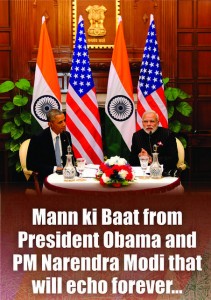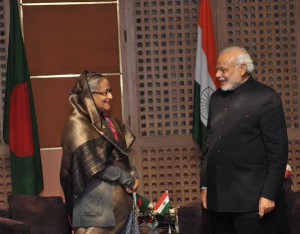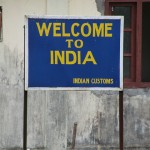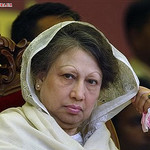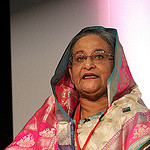
This year’s publications include five noteworthy books on South Asia. Sanjaya Baru’s The Accidental Prime Minister paints a close-up portrait of Manmohan Singh and Diego Maiorano’s Autumn of the Matriarch dissects the decline of Nehru’s congress and the rise of a more de-institutionalized party in the last years of Indira Gandhi – interesting contrasts to today’s Modi government. Bidisha Biswas takes a close look at how India has tackled internal conflicts in Managing Conflicts in India. Andrew Small’s The China-Pakistan Axis is the first serious study of this fascinating relationship. And Samanth Subramanian’s This Divided Island is an intimate look at Sri Lanka’s war and its aftermath, told in unforgettable vignettes.
Read Teresita Schaffer’s reviews here.
This is a preprint of an article submitted for consideration in Survival: Global Politics and Strategy ©, The International Institute for Strategic Studies.


